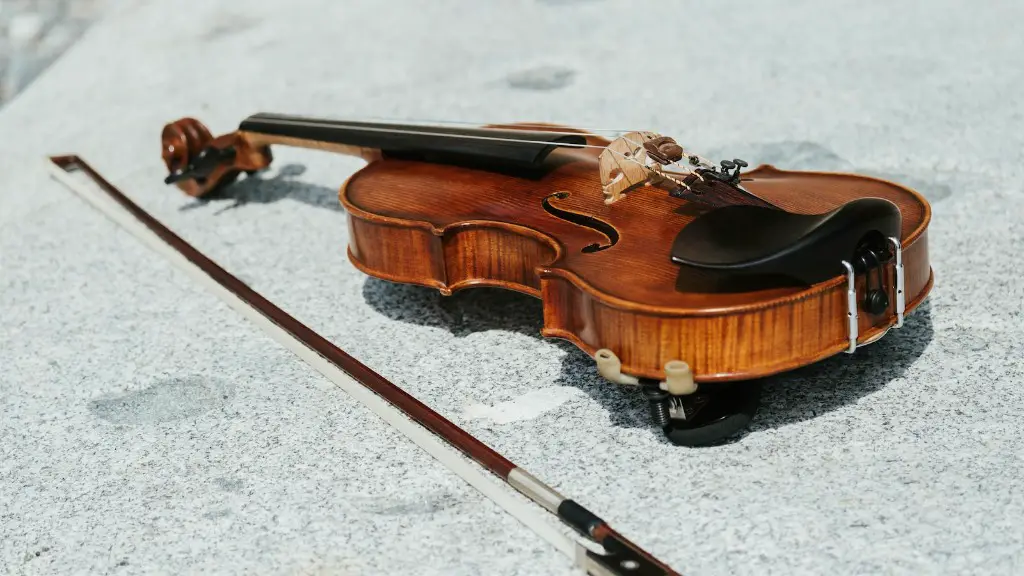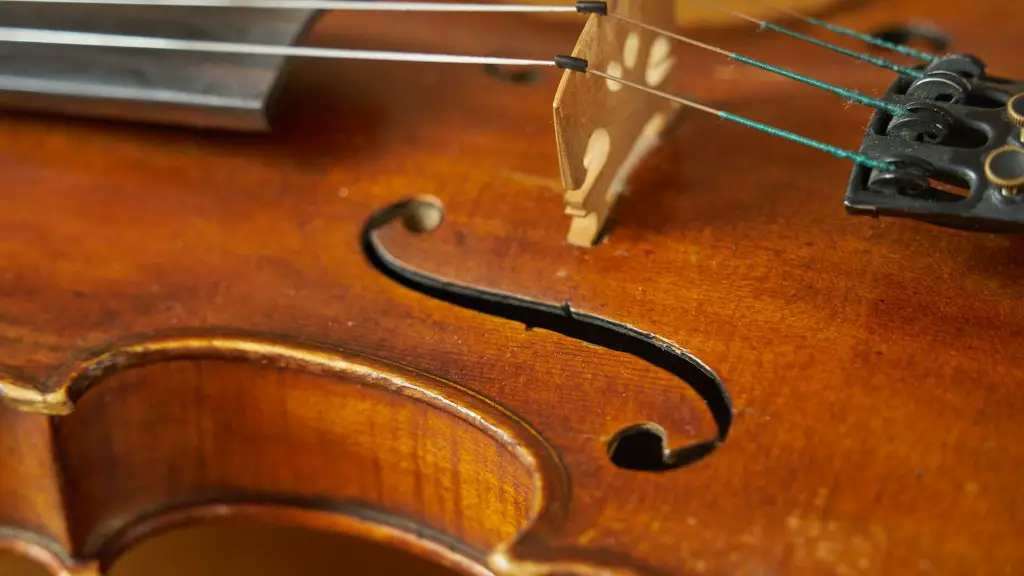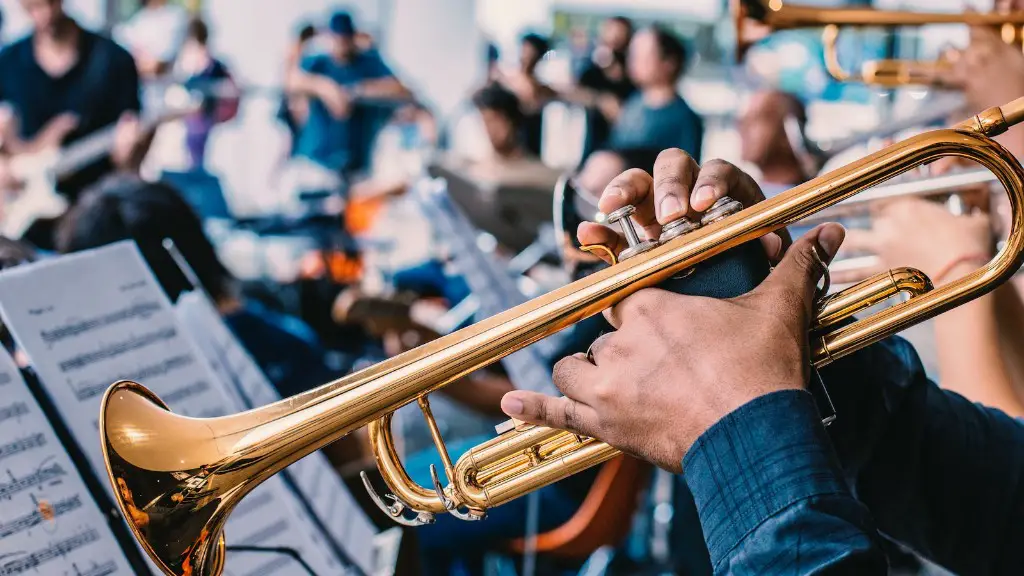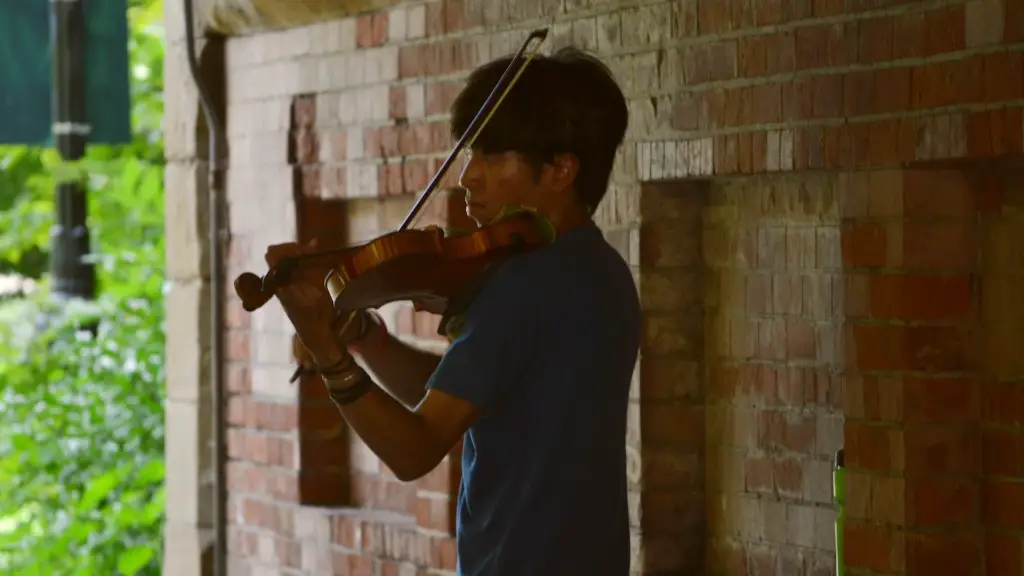Playing the violin is an enjoyable and rewarding experience, but it requires dedication and regular practice.
How long should you practice violin daily? The answer depends on your skill level and goals, but it’s generally recommended that beginners spend at least **30 minutes** of practice time each day. As you become more proficient, you can increase your practice time to a few hours. However, no matter your skill level, it’s important to take breaks in between practice sessions to give your body and mind a rest.
If you’re a beginner, start with shorter practice sessions of 20-30 minutes. This will give you enough time to work on the basics without feeling overwhelmed or fatigued. As you progress, gradually increase the amount of time spent practicing. You may want to break up longer sessions into smaller chunks; this will help keep your focus sharp and prevent burnout.
It’s important to remember that quality is more important than quantity when it comes to practicing violin. Dedicating 30 minutes every day is better than spending hours once a week; this will help reinforce what you learn each day and improve faster.
You can also mix up your practice routine with activities such as playing along with recordings or taking online lessons for variety; this will help keep things interesting and motivate you to keep going!
At the end of the day, how long you should spend practicing violin depends on
Setting Goals for Practice
Practicing the violin is a great way to improve your skill and artistry as a musician, but it can be difficult to stay motivated and focused. To ensure you are making the most of your time, it is important to set specific practice goals. Deciding how long to practice each day will help you stay on track and focus on mastering material that will take you closer to achieving your goals.
When determining a practice schedule, start small and build up gradually each week. Aim for 10-15 minutes per day if you are just starting out and increase this by 5-10 minutes each week. You can also break up practice into two or three shorter sessions per day, which may be more manageable than one long session.
At the beginning of each practice session, it’s important to set specific goals that you want to achieve during that time. This could include working on a particular piece of music or focusing on improving technique such as intonation or bowing speed. Having achievable goals helps keep your practice focused and will ensure that you get the most out of every session.
It’s also important to make sure you remain flexible with your practice goals. If you find yourself struggling with certain material or unable to reach your goals in the allotted time, don’t be afraid to adjust them accordingly. Remember that progress comes with consistent effort over time and sometimes this means slowing down rather than pushing yourself too hard.
Making the commitment to practice regularly is essential for improving your skills as a violinist, but setting realistic goals for yourself is key in making sure progress is made at a sustainable pace. With focus and dedication, you can achieve great things!
The Minimum Time for Effective Practicing
Practicing the violin is an important part of learning how to play. The amount of time a violinist should practice each day depends on individual goals, skill level, and style. Generally, it is recommended that beginners start with 15-30 minutes per day, while more advanced players should aim for at least 45 minutes to 1 hour of practice daily. Practicing for shorter periods of time each day can be just as effective as longer sessions a few times per week. It is important to use whatever amount of time is available to focus on technique and developing skills.
In order to maximize practice time, it’s best to break down exercises into smaller pieces. This helps to ensure that the player is focused and efficient with their practice time. For example, if the exercise requires playing a phrase four times in a row, instead of playing it four times straight through, break it up into smaller pieces such as playing twice and then taking a brief break before playing the next two repetitions. This allows for greater clarity and accuracy with the notes being played. Additionally, tracking progress over time can help violinists stay motivated by seeing how far they have come in their musical journey.
Making the Most of Your Time: How Long to Practice Violin Daily
Practicing the violin can be incredibly rewarding and fulfilling, but it’s important to practice efficiently and effectively. For most beginners, an hour a day is a good starting point. This should be divided into two or three shorter practice sessions that each involve different activities. For example, one session could involve scales and technique, another could focus on pieces you are learning, and a third session might involve improvisation exercises.
As you become more experienced, you may want to devote more time to practicing. This is especially true if you are taking lessons or preparing for an audition or performance. But even then, it’s important to remember that quality is more important than quantity when it comes to practicing the violin. Be sure to take breaks throughout your practice session, as this will help keep your mind sharp and focused on the task at hand. With consistent practice and dedication, you’ll soon be able to make the most of your time with the violin!
Rehearsal and Performance Tips for Violinists
Playing the violin takes a lot of dedication and practice. To become better at playing, it is important to practice regularly. A good rule of thumb is to practice for at least one hour a day. During this time, focus on perfecting technique, memorizing pieces and playing scales. Rehearsing with an accompanist or in an ensemble can also help develop your skills. Practicing with other musicians will give you an understanding of how music should sound when played together.
It is also important to take time to rest and relax while practicing. Don’t be afraid to take breaks between practice sessions – this will help you stay focused and prevent fatigue. Additionally, once you are confident with a piece of music, perform it in front of an audience or record your performance on video so that you can review and critique your playing afterwards. This will help you identify areas for improvement and will provide motivation to keep learning new pieces.
Motivation Strategies for Regular Practicing
Practicing an instrument regularly can be difficult, especially when you don’t have the motivation to do it. But with a few simple strategies, you can make it easier to stay consistent and get the most out of your practice sessions. First, set realistic goals for yourself and have a plan for how long you want to practice each day. This will give you something to work towards and keep you accountable. Next, break up your practice sessions into smaller chunks if needed. This can help make it more manageable and less overwhelming. It’s also important to reward yourself when you accomplish something or reach a goal. Celebrate the small victories and recognize your hard work! Lastly, find ways to make practicing enjoyable. Listen to music while practicing or have someone join in on the fun! These strategies will help make regular practicing much easier and more enjoyable overall.
Tips For Parents of Young Musicians
Developing a successful practice regimen for young violinists can be challenging. It’s important for parents to understand that how long to practice each day will depend on the individual student and their goals. With that in mind, there are some general tips and guidelines that can help parents structure an effective practice routine for their child.
First and foremost, it’s important to set realistic expectations with regard to practice time. A good rule of thumb is to start with 10-15 minutes per day for beginners and gradually increase the amount of time as the student progresses. This should be done in small increments, so that the student doesn’t become overwhelmed or discouraged.
When establishing a practice routine, it’s important to ensure that sessions remain enjoyable and engaging. Setting small goals or objectives can help keep the student motivated and focused. It’s also beneficial to provide encouragement and recognition for accomplishments as this will not only boost morale but also foster a sense of accomplishment in the student.
Finally, it’s essential that parents model good work habits by providing structure, setting high standards, and offering guidance on how to reach those objectives. By doing this, parents can help create an environment where students feel supported while they strive towards their musical goals. Practice is the key ingredient when it comes to mastering the violin..
Final Words
Practicing violin daily is important for developing your technique and skill. To get the most out of your practice, it’s best to plan ahead and set aside a certain amount of time to practice each day. Depending on your goals and level of experience, you should aim to practice anywhere from 30 minutes to 2 hours per day. Making consistent progress with the violin requires dedication and commitment. With enough hard work and dedication, you can reach any goal you set for yourself.





